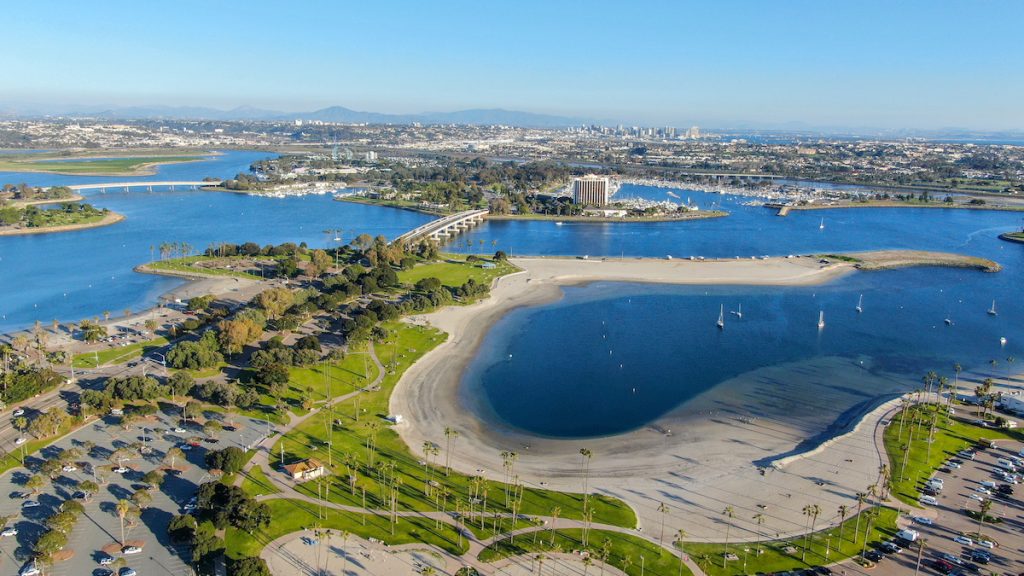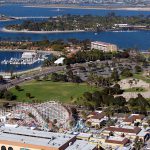New Mission Bay Plan Could Improve Waters, Environment


A new plan for Mission Bay in San Diego could restore critical coastal wetlands — and improve both local water quality and environmental sustainability.
The City of San Diego on Tuesday voted to adopt a plan that would restore about 143 acres of tidal wetlands in the northeast portion of Mission Bay Park near Mission Beach, according to KPBS.
The plan is dubbed De Anza Natural, and it could improve water quality throughout Mission Bay, as well as protect the area from sea level rise. Additionally, the plan would also expand natural habitats for an endangered bird species.
Additionally, the Mission Bay plan may also fight against climate change, since wetlands are naturally adept at removing carbon dioxide from the atmosphere, which can mitigate the emissions created from burning fossil fuels.
For context, the Mission Bay that we know today looks radically different than it used to. In the 1940s, the city dredged up tons of sand and silt to deepen the water and create the Mission Beaches we know today.
While that was good for beach-goers, it has disastrous consequences for the local environment. Years later, the water in Mission Bay is filled with bacteria and harmful pollutants like lead and copper. In other words, humans removed the ability for the wetlands to purify themselves and self-regulate.
The new Mission Bay plan will help restore the water quality and ecosystem around the area. KPBS notes, however, that it could cost tens of millions of dollars and take years to complete.
Although the San Diego City Council voted to approve the plan, it still needs approval from the California Coastal Commission. It will also be overseen by other agencies, such as the U.S. Fish and Wildlife Service.
Media credit: Image licensed from Adobe





